Artist Spotlight, History Of Comics
Artist Spotlight: John Romita, Creator of Punisher & Wolverine
by Joshua H. Stulman
John Romita Sr. is perhaps the most influential Marvel comic book artist next to Jack Kirby. He is best known as the long time Spider-Man artist with Stan Lee, as well as the creator of many of Marvel’s 1970’s anti-heroes including Wolverine, Punisher and Luke Cage. He served as Marvel’s Art Director for over 20 years ushering in new waves of artists to Marvel.
Today, We’re going to take a look at his two greatest creations: Punisher and Wolverine.
The late 1960’s and early 1970’s saw a lot of political turmoil in the US especially in regards to Civil Rights and opposition to the Vietnam War. This was also an era with the rapid rise of drugs and increase in crime in places like New York City. America needed a new hero that could deal with the darker realities of the changing world. Hollywood looked to the American Cowboy and reinvented him for modern time. The independent spirit and law-taking attitude was perfect to address a world full of corruption and greed. Enter: Clint Eastwood and the anti-hero, Dirty Harry.

Dirty Harry (1971) was the perfect model for a hero of the time. True to his core principle of pursuing justice, Dirty Harry had no qualms about taking the law into his hands. He relished in dishing out street justice to criminals, he called “Punks.” With an instant hit, Marvel Comics took note of the new trend in pop-culture hero. In the comic world, restrictions on comic book imagery and content were being revised after Stan Lee’s famous drug awareness issue (Amazing Spiderman # 96-98) and the social activism of Dennis O’Neil and Neal Adams’s Green Lantern series (Green Lantern/Green Arrow #76-89). For the first time since its creation in 1954, the Comic Code Authority loosened restrictions on Horror themed comics and violence in comics paving the way for a resurgence in Golden Age Comics and Film Noir.
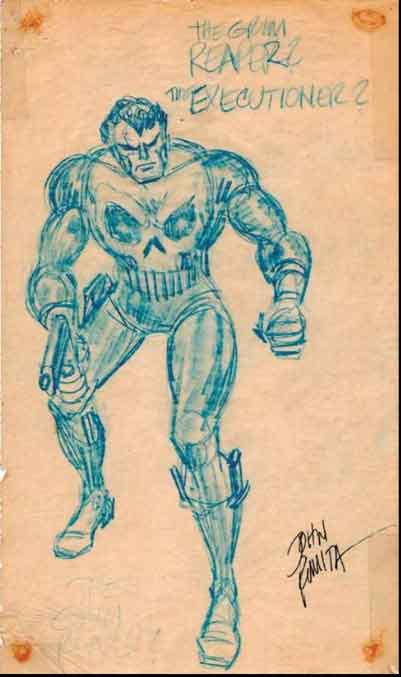
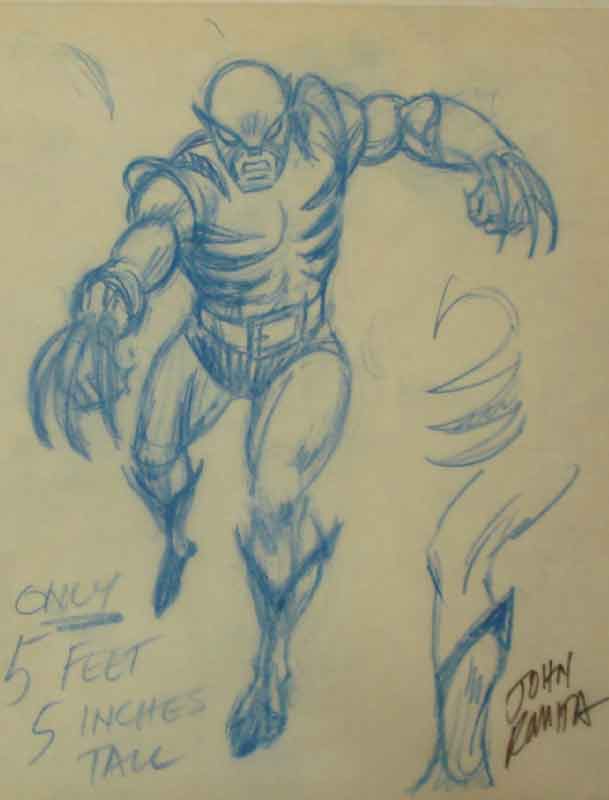
The Punisher and Wolverine were both perfect examples of Marvel’s new anti-hero motif. John Romita had already transitioned from being a regular Spider-Man artist to his new role as creative director. He oversaw all artwork produced by Marvel and had a hand in creating the visual look of many of its new characters. He worked with editor, Roy Thomas, to help flesh out the visuals to new characters and concepts by writers. The Punisher came about from writer Gerry Conway after reading the Executioner novel by Don Pendleton about a Vietnam Vet that returns to the US to wage a war on crime. Conway submitted a simple drawing of a man with a small Death’s Head “Pirate” skull over his left breast. John Romita took the concept and fleshed out the visuals. He centered and dramatically enlarging the white skull cast against a black costume. The contrast was simple and effective and reinforced the character’s ideology. The costume design also was purposely reminiscent of the 1940’s hero The Black Terror, who also bore a large white skull. Shockingly, The Punisher is one of the first heroes to have his identity brazenly revealed to the world. Comic artists have always used TV and Film stars as visual models for characters because of the many reference photos available. Here, John Romita followed this long tradition by choosing Clint Eastwood as inspiration for the face of the Punisher. Debuting originally as a villian in Amazing Spider-Man # 129, the Punisher “blew away” fans and his transition to anti-hero was complete with his sympathetic origin in Marvel Premiere # 2 (1975).
As creative director for Marvel in the 1970’s, John Romita oversaw the development of new major and minor characters. Such is the case for Wolverine. The character was conceived by writer Len Wein in the pages of Incredible Hulk as a small ferocious beast similar to the Canadian feline animal. With Roy Thomas assigning the name, Wolverine, John Romita developed the visual look of the character. Romita conceived the character design to emphasize the cat-like aspects. Here his black mask rise up the side of his face to form small cat ears, while the facial design includes three lines on either side of his nose to evoke cat whiskers. Romita used a tiger-stripe motif for Wolverine’s main costume with three stripes on either side of his body and one on either side of his neck. Wolverine’s most famous feature is his retractable claws that spring from the top of his hands. Romita designed these as practical weapons for a cat-based characters, (although the claws were originally developed as part of Wolverine’s gloves and not his body).
While the fierceness of Wolverine’s attitude has been present from the very beginning, his lone-wolf/anti-hero persona was developed by Chris Claremont in the pages of X-Men. As part of the “New” X-Men team, Wolverine joined the team which now featured international heroes. Claremont infused the character with the “Dirty Harry” inspired motif, including Wolverine’s catch phrase, “I’m the best there is at what I do, but what I do best isn’t very nice.”
The anti-hero concept was an important part in comic history. John Romita’s fresh take on superheroes like Punisher, Wolverine, Luke Cage and many more helped mature the content of comic books as well as creating more compelling stories that have now become the dominant form of fiction in pop culture today.
Check out our RARE John Romita Signed Comics: CLICK HERE

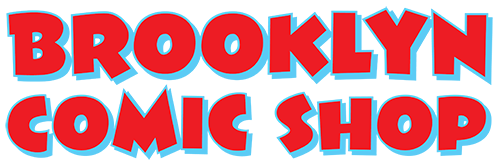
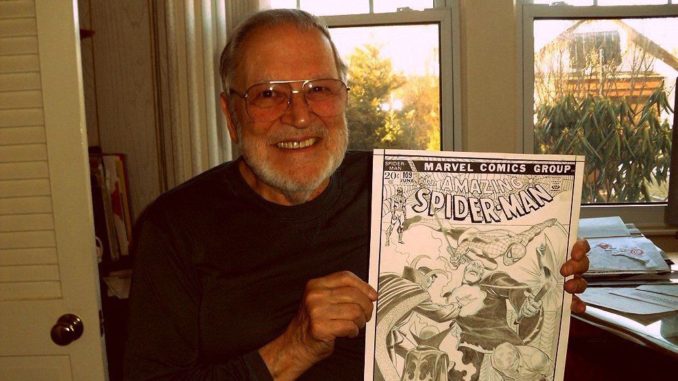
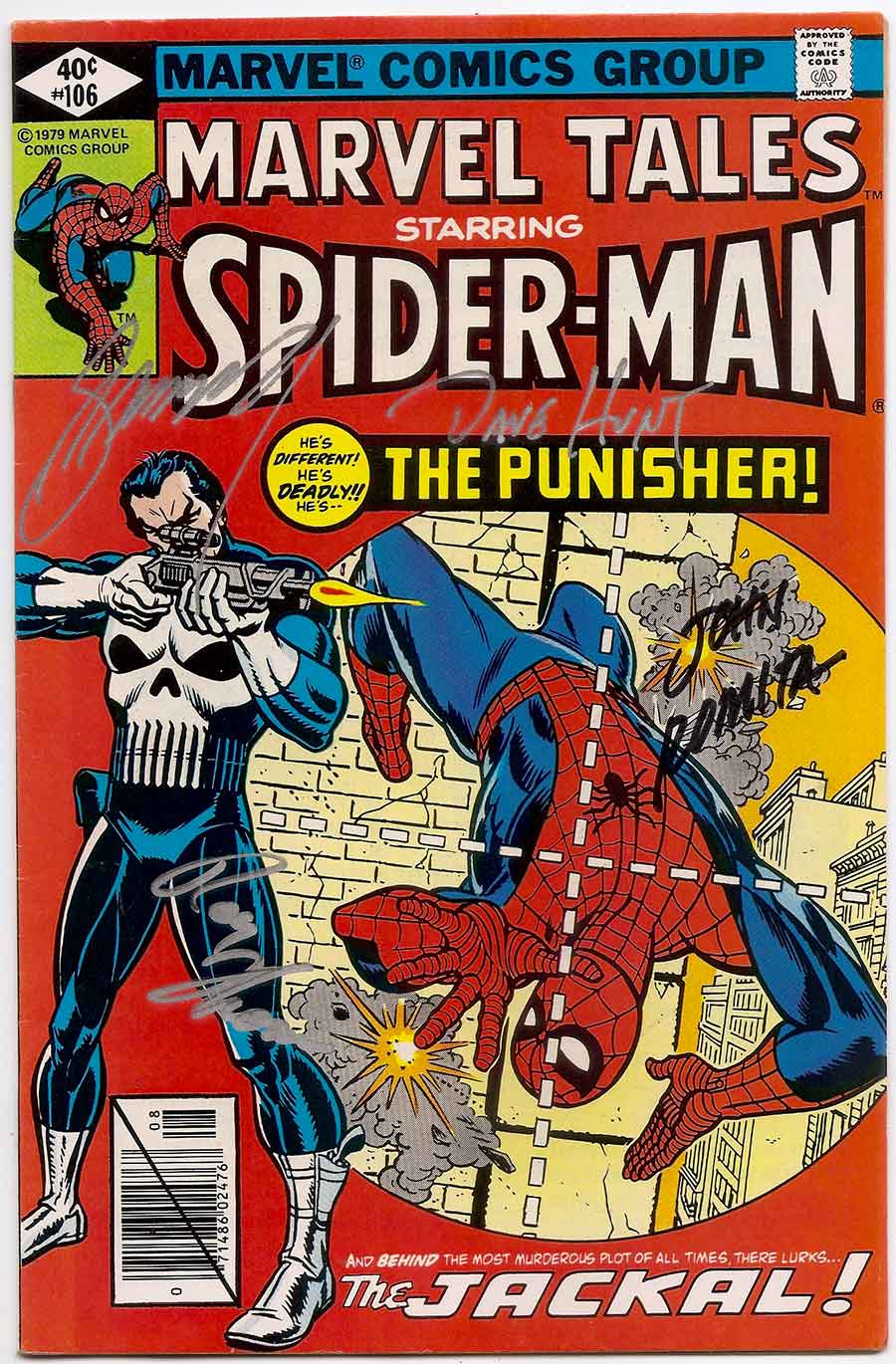
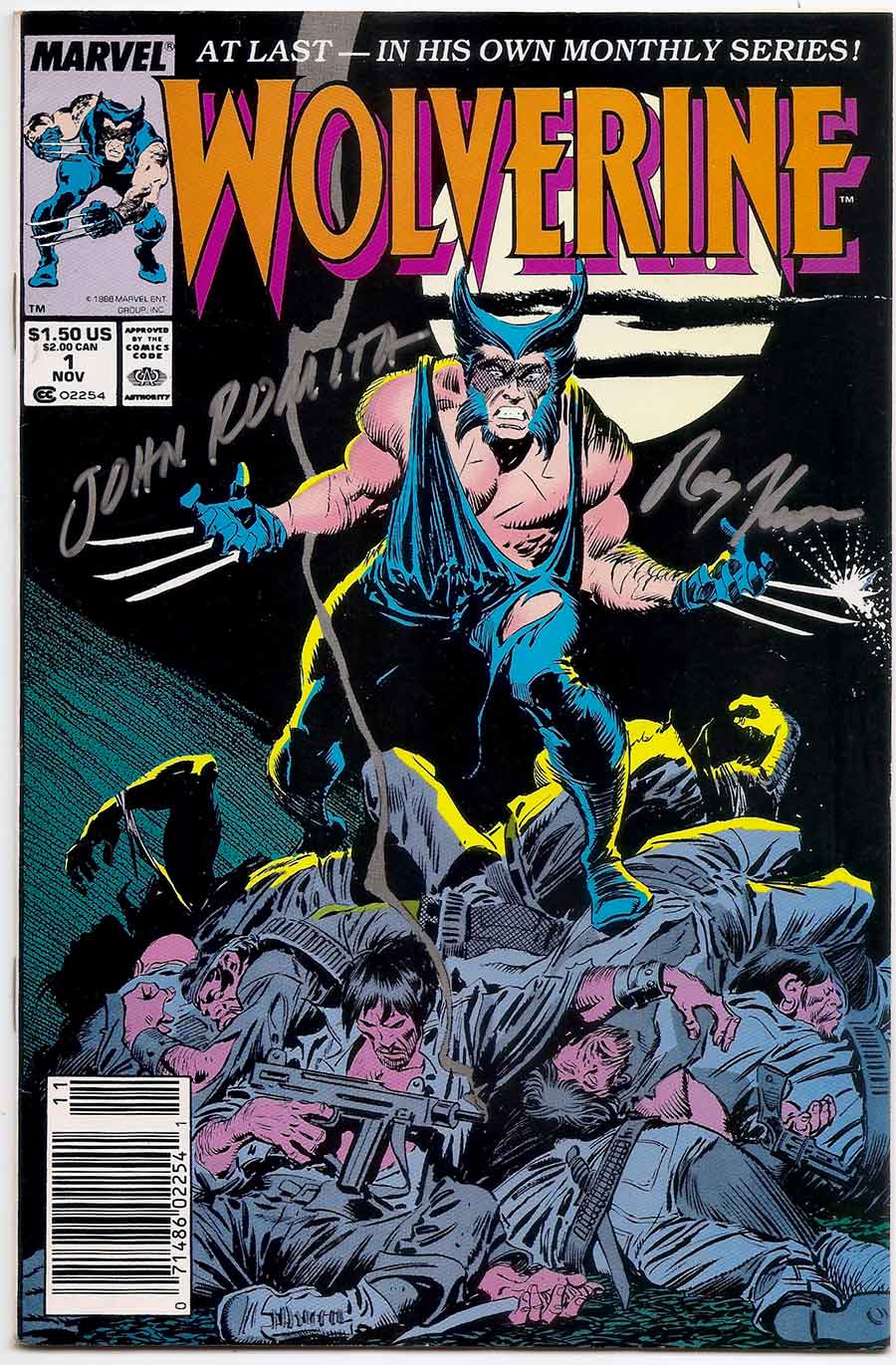
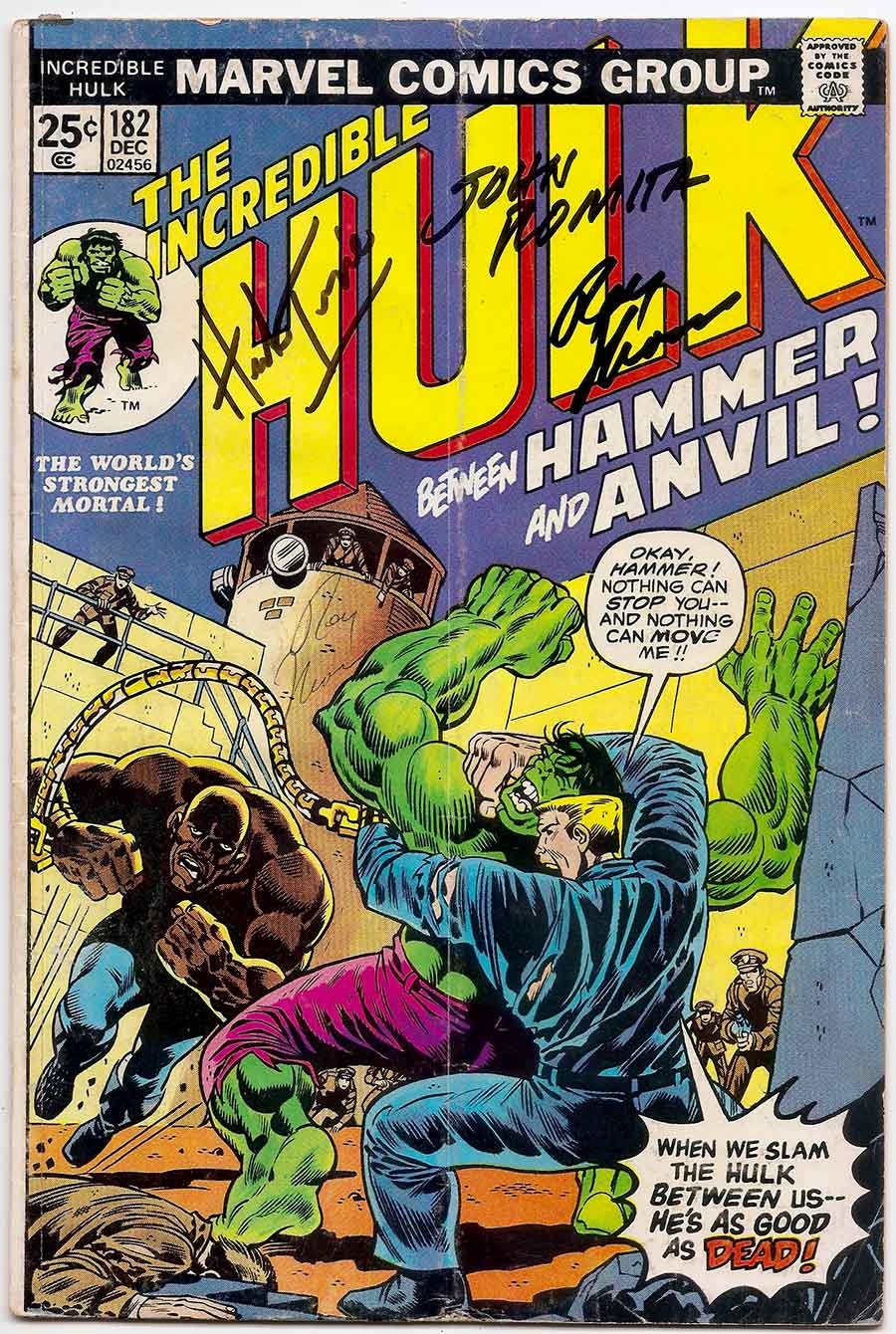
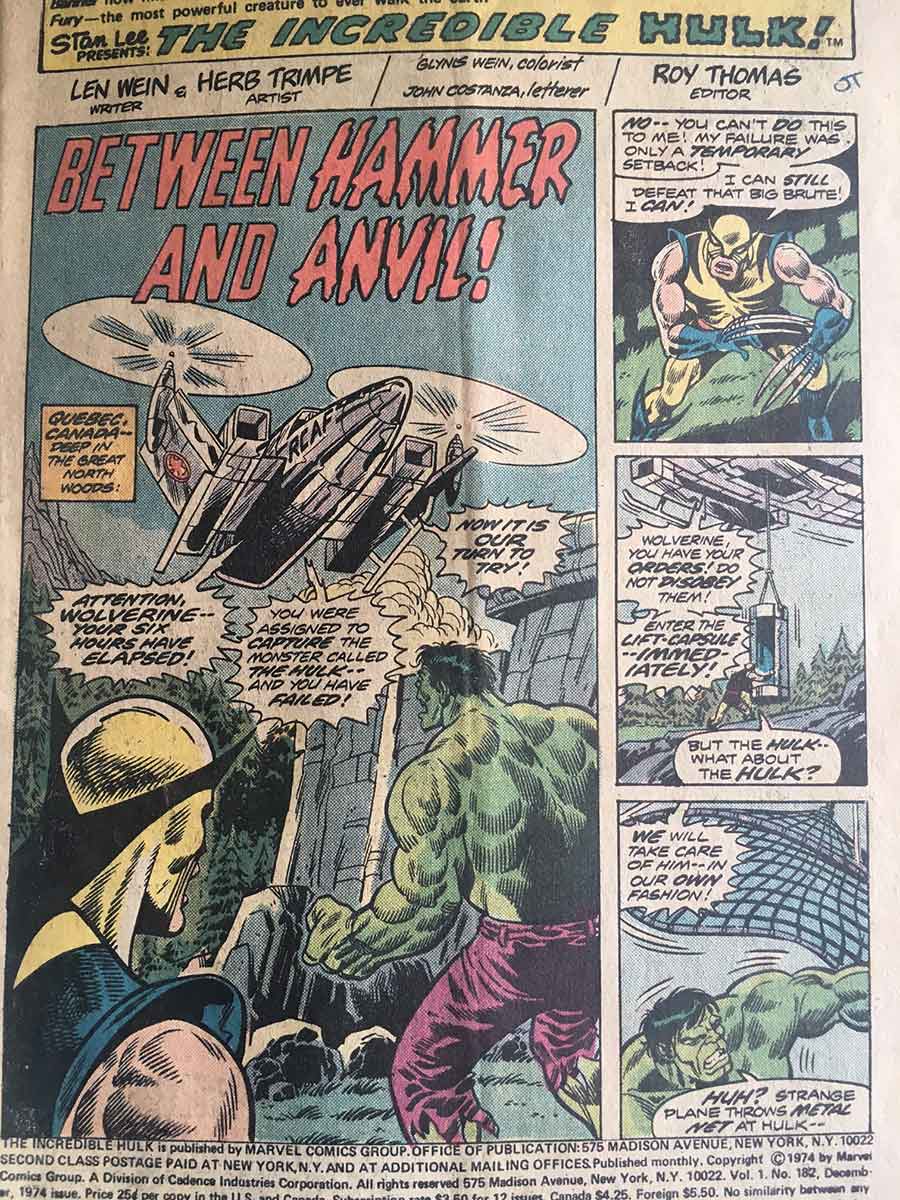
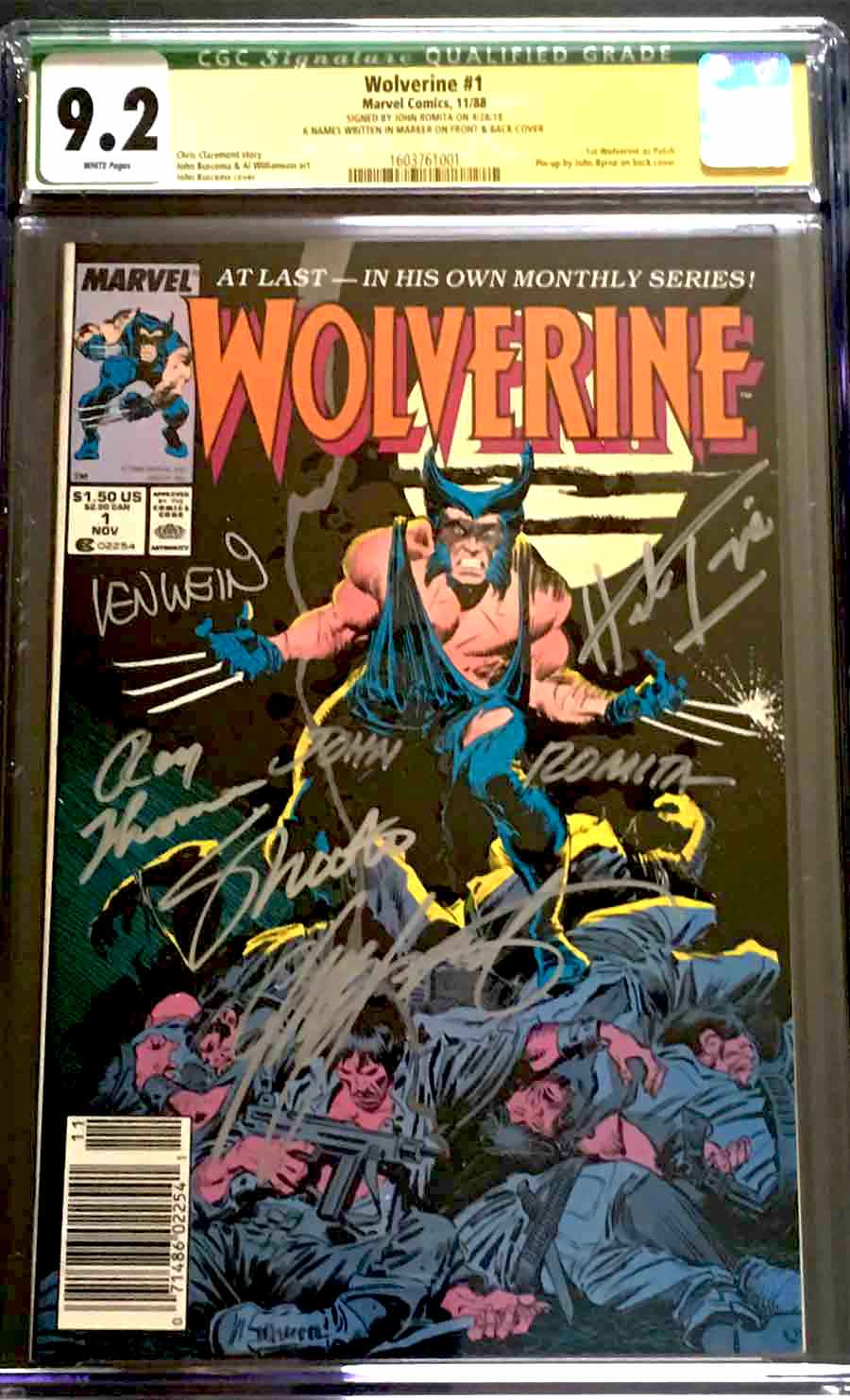
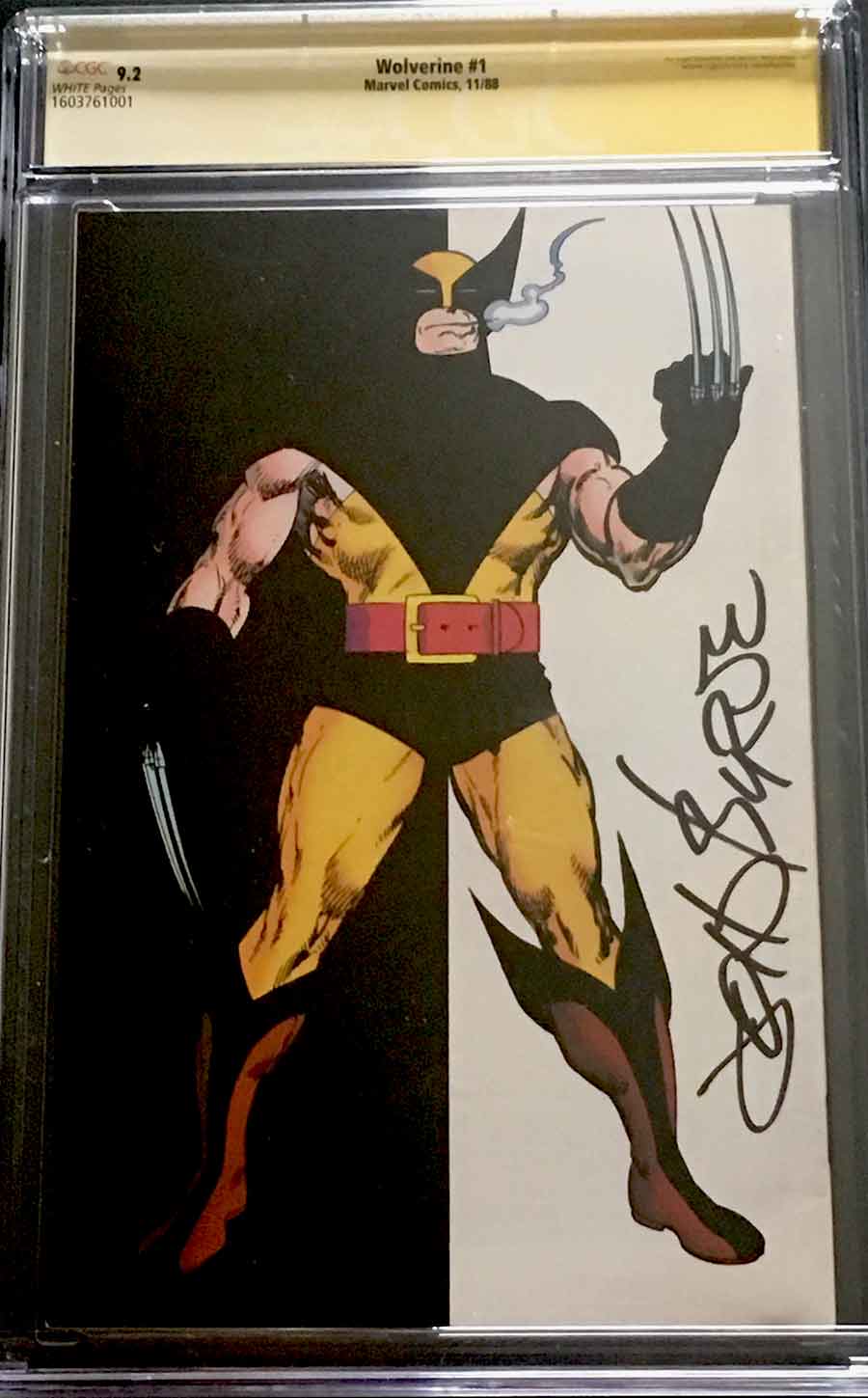

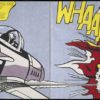






Leave a reply